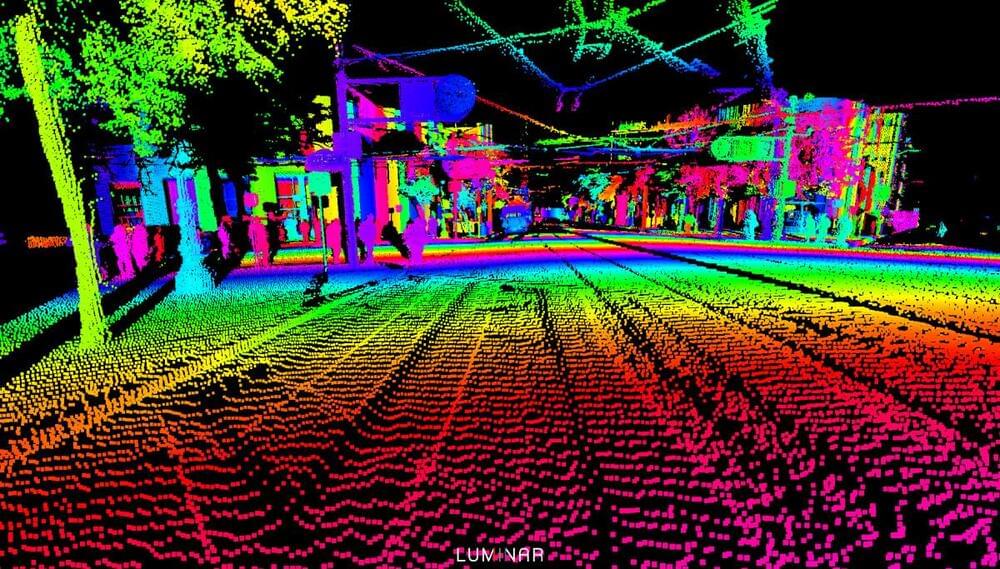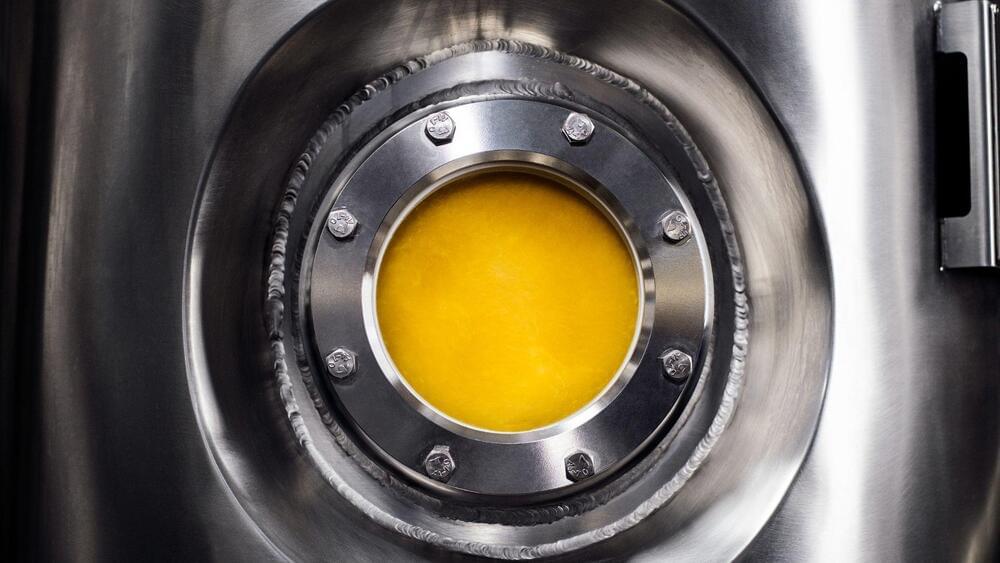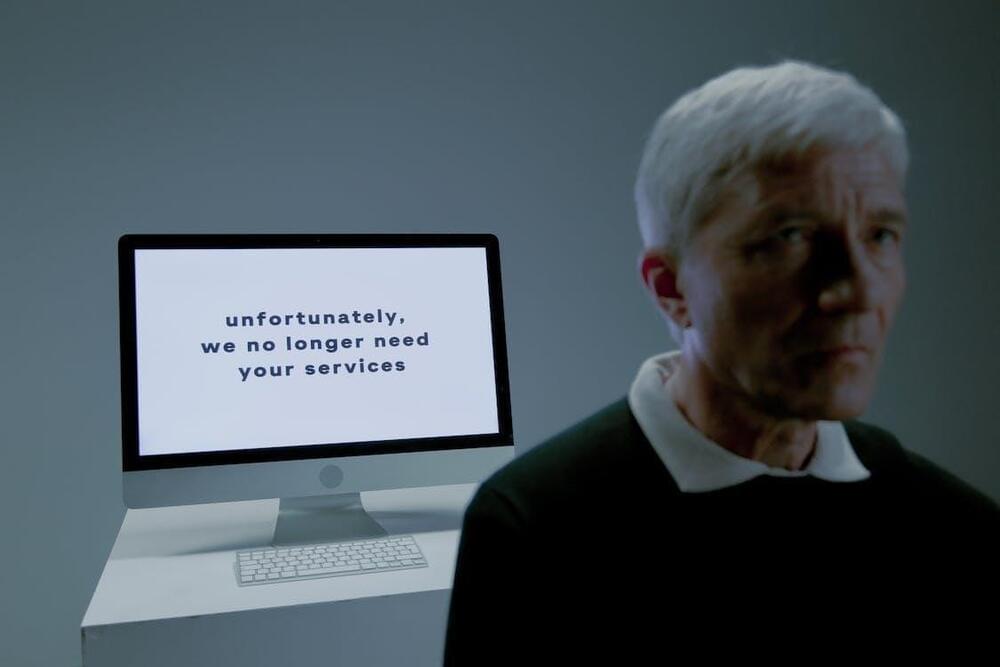Amazon is laying off 18,000 employees, the tech giant said Wednesday, representing the single largest number of jobs cut at a technology company since the industry began aggressively downsizing last year.
In a blog post, Amazon CEO Andy Jassy wrote that the staff reductions were set off by the uncertain economy and the company’s rapid hiring over the last several years.
The cuts will primarily hit the company’s corporate workforce and will not affect hourly warehouse workers. In November, Amazon had reportedly been planning to lay off around 10,000 employees but on Wednesday, Jassy pegged the number of jobs to be shed by the company to be higher than that, as he put it, “just over 18,000.”






